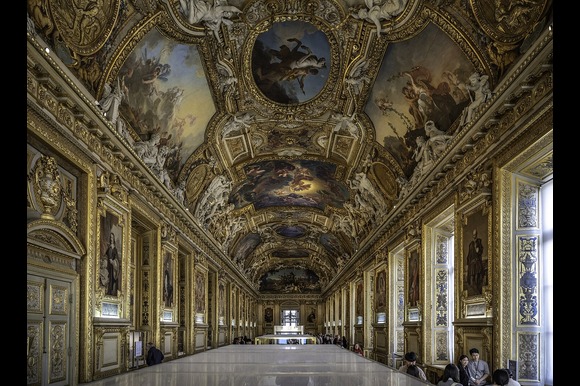
By Wilfredo Rafael Rodriguez Hernandez
France is confronting a wave of outrage and embarrassment after thieves carried out one of the most audacious museum robberies in decades, making off with priceless jewels worth an estimated €88 million (US$102 million) from the Louvre Museum in Paris.
The daring daylight heist took place on 19 October 2025, when the suspects reportedly used a furniture-lift crane truck to gain access through a first-floor window of the museum — all while it was open to the public. Once inside, they targeted the Galerie d’Apollon, home to part of France’s historic crown jewels collection, before escaping undetected.
French officials have described the theft as a “national humiliation”, prompting an immediate review of security measures at cultural institutions across the country.
Security ‘terrible failure,’ says museum director
Louvre director Laurence des Cars admitted that the museum’s security systems had serious shortcomings. She called the theft a “terrible failure”, acknowledging that parts of the museum’s exterior — including the window used in the break-in — lacked proper CCTV surveillance.
“This should never have been possible in the world’s most visited museum,” des Cars said in a press briefing, adding that the incident “reveals gaps that must be urgently addressed.”
According to investigators, the heist lasted only minutes. Staff and visitors inside the museum initially mistook the activity for routine maintenance before realising a theft had occurred.
National and global fallout
Justice Minister Éric Dupond-Moretti said the robbery “damages France’s image” and demanded accountability from those responsible for overseeing museum security. The government has since launched a nationwide audit of major museums and cultural sites.
The Louvre reopened three days after the incident, but the Apollo Gallery remains closed as investigators continue to collect evidence.
The stolen jewels — several dating back to the reign of Napoleon III — were not insured, as state-owned treasures typically are not covered by private insurance. Officials fear the pieces may have already been dismantled or melted down, making recovery extremely difficult.
Experts warn of ripple effects
Art security experts say the theft has shocked the global museum community. “If such a heist can happen at the Louvre, it can happen anywhere,” said one international curator who requested anonymity. “This will force institutions worldwide to re-evaluate their protective systems.”
The method of entry — using industrial equipment to reach a side window during opening hours — has drawn comparisons to previous European heists where thieves exploited predictable routines and undersecured access points.
What investigators are probing
Police have not yet named any suspects, though they are analysing CCTV footage from surrounding streets and reviewing vehicle registrations linked to the crane truck. The getaway route and possible inside assistance remain central lines of inquiry.
Authorities have also questioned how the museum’s alarm system failed to trigger an immediate lockdown, and whether any staff were complicit or negligent.
A blow to cultural confidence
For many in France, the theft represents more than the loss of historic jewels — it’s a symbolic wound to national pride. The Louvre, which welcomes nearly nine million visitors annually, is seen as the heart of French culture and heritage.
“This wasn’t just a robbery,” said cultural historian Jean-Marc Durand on France 24. “It was a strike against the idea that France can protect its treasures.”
As the investigation intensifies, the Louvre remains under heightened security. For now, France’s most famous museum — and its reputation for invulnerability — are under unprecedented scrutiny.




